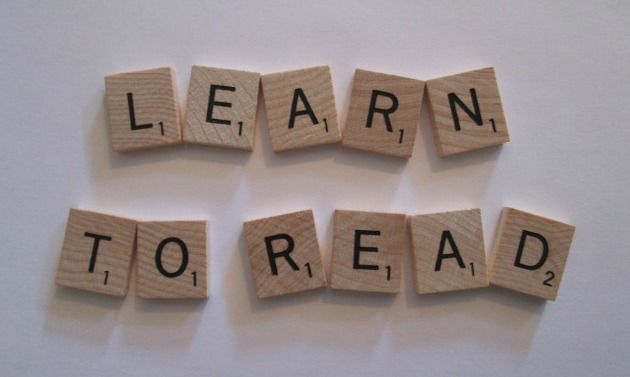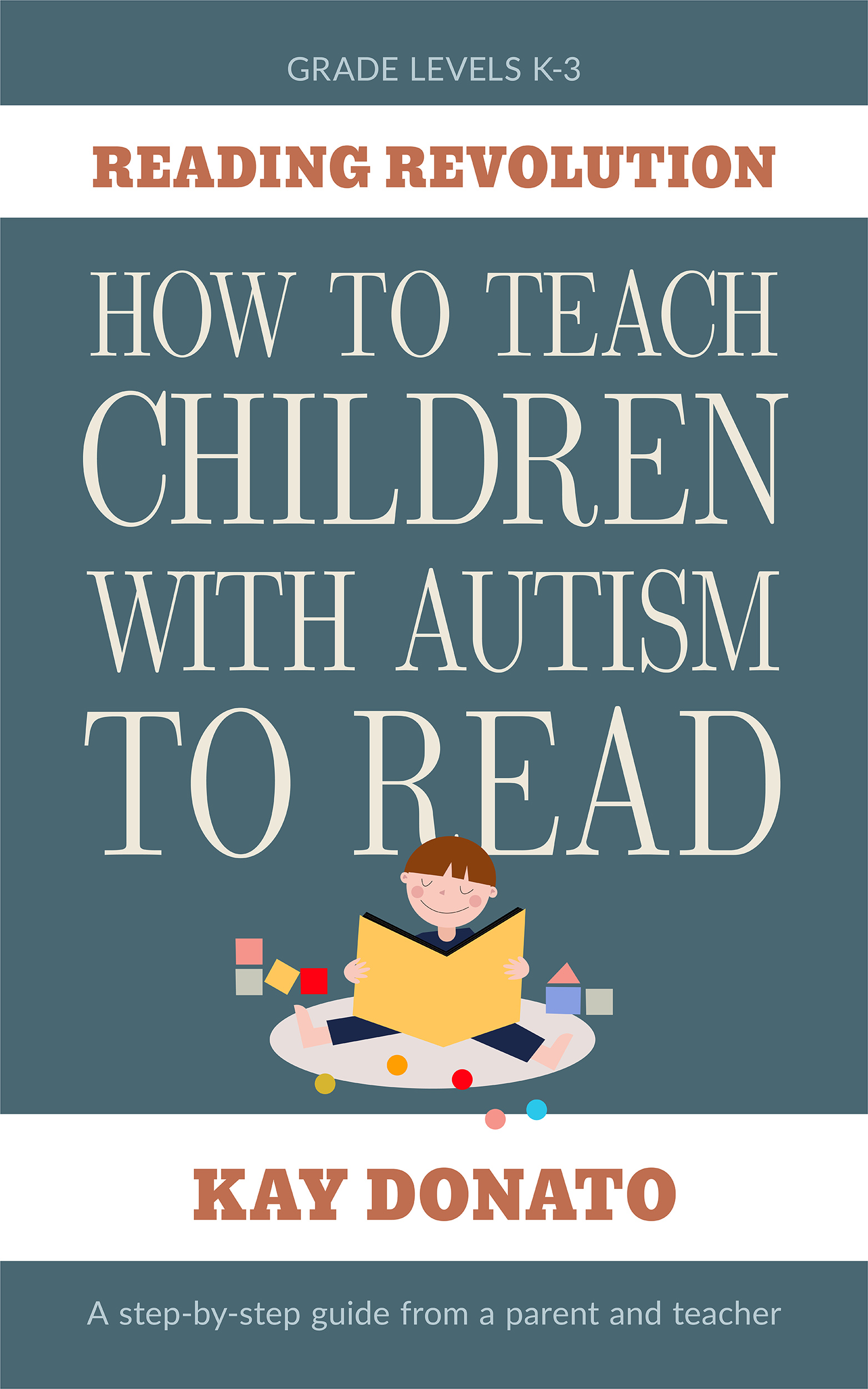Autism Phonics or Whole Word: Which is Best For Teaching Reading?
Is it best to teach children with autism phonics or the whole word approach for reading lessons?
The reading teachers of this world mostly hold to two different ideas on how we should teach reading to children.
Some teachers think that we should teach children with autism phonics (and phonics for regular children as well). That method involves teaching letter sounds and blends, such as sh, ch, and ou. Once children know these sounds, they can put them together to read each word.
With the whole word approach, children learn to read by memorizing each word as a whole. For example, when presented with the word "dog" children must simply memorize that word as a whole rather than learning the sounds and putting those sounds together.
Now that we understand what each method involves, we will look at the facts to find out whether we should be teaching our children with autism phonics or the whole word approach.
With so many children who struggle, especially our kids with autism, we desperately need to make learning to read as easy for them as possible.
And it only makes sense to look at the facts to find our answer to this important question.
What Do the Numbers Tell Us?
The whole word or whole language approach has been the method of choice in most schools in the U.S. since the late 1930s. So where has that led us?
So why does phonics appear to give children better success? Let's examine each approach further to find out.
 Teaching our children with autism phonics for learning to read can give them access to vast treasures of knowledge and skills.
Teaching our children with autism phonics for learning to read can give them access to vast treasures of knowledge and skills.The Whole Word Approach
As I mentioned earlier, the whole word or “look and say” approach requires that children memorize each and every word as a whole. So for the word “horse,” the learner has to memorize that whole word as “horse” rather than learning the letters and their sounds.
When they come across a word they doesn’t know in their reading, they are told to look for context clues and then guess what the word is.
One of our friends told us that he was taught to read using the whole word approach. Even as an adult, he still had a hard time with reading. He said he was used to figuring out words by their shapes rather than by the letters and the sounds they make.
Think about that for a moment. The words “horse” and “house,” have confusingly similar shapes. And consider the word “was,” which children often confuse for the word “saw,” and vice versa.

Phonics
The phonics approach teaches the learner all the letters, blends and diphthongs and the sounds they all make. The total number of all these sounds is between 110 and 125. Armed with this knowledge, students learn to sound out each word they come across.
When they decode a word they are reading for the first time, they will recognize it as a word they have heard before. After decoding the word and practicing it a few times, they are able to recognize it more quickly. After much practice, reading becomes almost second-nature.
And think about it. If you were learning to read, would you rather have to memorize 125 sounds or thousands of words?
Teaching our kids with autism phonics gives them a much more reliable and much easier way to decode and learn new words. That’s a powerful, priceless skill.
Far better than the guesswork of the whole word approach.
With that said, I did read about one child who was taught phonics, but couldn't seem to get "unstuck" from thinking he had to keep sounding out every word. In other words, he never made the transition from sounding out to simply learning the word.
In his case, it helped him to switch to the whole word approach, but only after learning the letter sounds first.
It may help in such a case to sound out each letter of the word, and then read the word quickly so they can make that transition to reading the whole word.
For more detailed instruction on how to teach children with autism to read using the phonics method, check out my book, Reading Revolution: How to Teach Children with Autism to Read. The techniques outlined in the book are specifically designed for autistic children and their special needs.
How I Taught My Son With Autism Phonics
I taught both of my children to read using phonics and wouldn’t have had it any other way.
But although I taught my son with autism phonics, I did make a change from the way most children learn to read.
I knew he wouldn’t be able to learn rules such as “vowel-consonant-silent e” very well, so I just taught him the letters and their sounds. Then I modeled sounding out words printed on flash cards. This worked quite well for him, and now reading is one of his biggest strengths.
Click here if you would like more information on how I used this method to teach him to read.
It can help a lot if you have some tools for this important task. K5 Learning has some free phonics flashcards you can download and print. Click here to access these cards.
Phonics Worksheets
Finding resources for teaching our kids with autism phonics can sometimes be a challenge.
English Worksheets Land, run by a group of teachers, offers free language arts worksheets that are aligned to Common Core standards.
Some of the skills covered include pre-reading skills, phonics, grammar, comparing and contrasting, analogies, synonyms, context clues, and much more.


New! Comments
Have your say about what you just read! Leave me a comment in the box below.